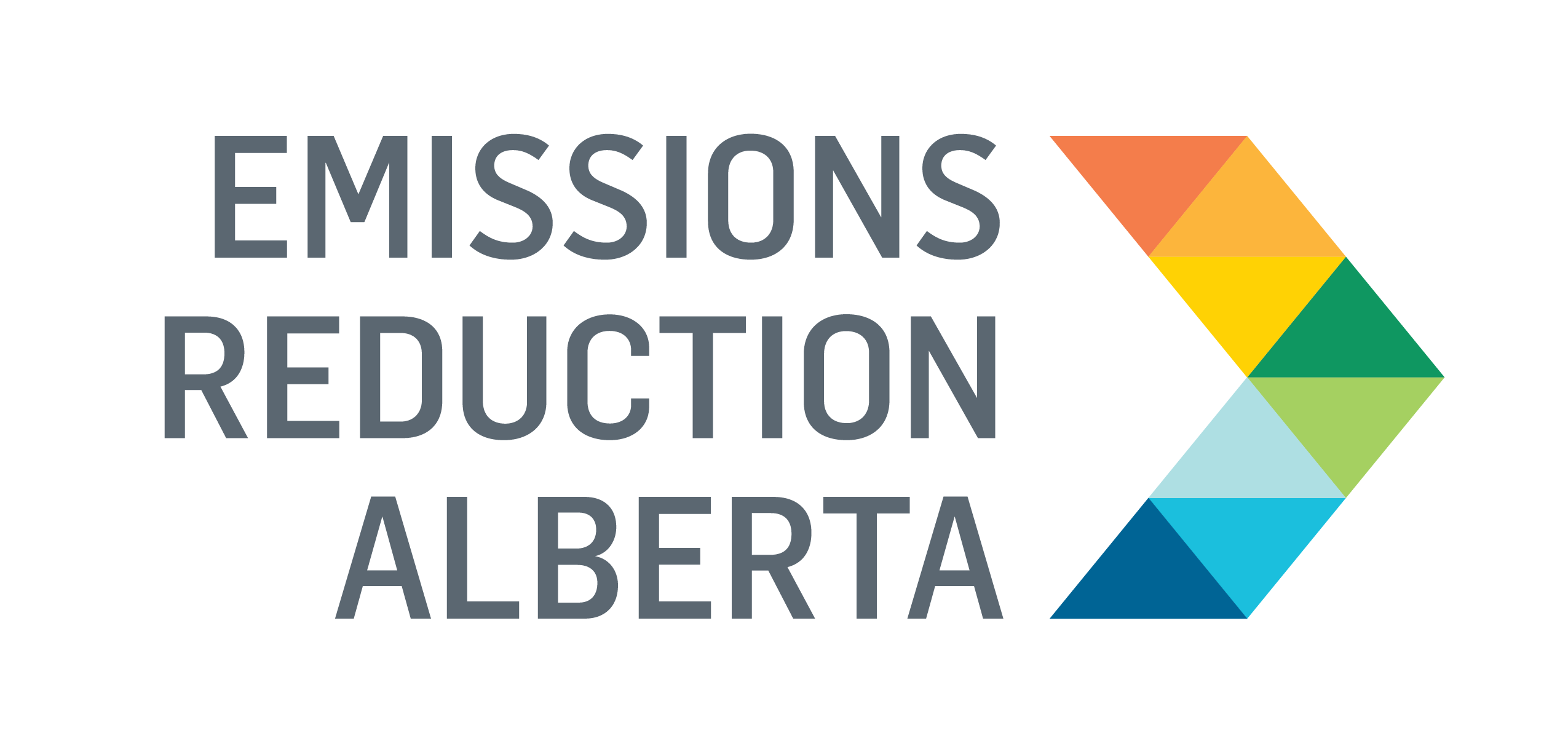Project Overview
Funded through ERA’s Industrial Transformation Challenge in 2023, Cenovus proposed a small modular reactor (SMR) Front-End Engineering Design (FEED) Study to support potential deployment of an SMR at a Steam-Assisted Gravity Drainage (SAGD) oil sands production site. While the project was terminated early on after Cenovus identified challenges that would hinder the progress of the study, the work conducted contributed to knowledge growth in engineering, deployment, regulatory, stakeholder and commercial areas.
Investigating the Role of Nuclear Reactors in Alberta’s Oil Sands
SMRs split atoms to produce heat, which has several use cases such as steam production, electricity production, district heating and hydrogen generation. Although nuclear reactors are not new, a “small” modularized package is a relatively new concept and not operational in any industry within Canada. In the past, Canada had a CANDU reactor that supplied industrial-grade heat to a heavy water production facility; however, the only currently operating nuclear reactors integrated with facilities for industrial heat are in China. SMRs are unique as they explore new methods of operation and could potentially be a transformative energy source for several industries by reliably delivering high-grade industrial heat, steam and electricity with near-zero direct emissions. For example, oil sands operators could substitute natural gas-fired equipment, such as boilers and gas turbines, with SMRs and supply the required industrial heat and electricity. A first example project could be a 400 thermal megawatt SMR with the potential to mitigate approximately 560,000 tonnes of emissions every year, depending on factors such as SMR technology and efficiencies. Considering the thousands of thermal megawatts of energy demand across SAGD sites, SMRs have the potential to mitigate millions of tonnes of direct emissions every year.
Understanding the Risks, Gaps and Opportunities of Nuclear in Alberta
Through this project, Cenovus aimed to build knowledge and design the integration facilities needed to deliver nuclear energy to a SAGD facility. The study was structured in three phases: enabling studies, design basis memorandum (DBM) and FEED. During phase 1, engagement with SMR technology developers helped to advance Cenovus’s understanding of technology readiness and cost estimates. Regulatory reports were also completed, and detail Alberta and federal regulatory challenges, engagement requirements and considerations for reactor co-location with existing industrial projects in Alberta. Lastly, phase 1 included a thorough business case analysis, which showed SMR timelines are long and uncertain, capital costs are high, and the technology and supply chains lack maturity. Based on these results, Cenovus decided not to proceed with phases 2 and 3 of the project. Despite the cancellation, the outcomes from phase 1 include key learnings on some of the risks, gaps and opportunities, including:
- Technology risks, such as technology development.
- Project risks such as managing controlled nuclear information, long and uncertain timelines and regulatory uncertainties.
- Investment risks, such as high, unsure costs and nuclear liability.
These challenges arise from the fact that this concept would likely be the first nuclear reactor in Alberta. There are regulatory gaps and uncertainties surrounding nuclear deployment in Alberta that nuclear projects would need to navigate for the first time. Additionally, reactors that could meet SAGD temperatures would be advanced designs, which have minimal commercial operations experience and have limited learnings to guide future developers. SMRs for heat/steam production in the oil sands are also a fundamentally different use case from power generation, requiring different designs and sizing. Cenovus concluded that, while there is a potential application for industrial heat needs, significant progress in these areas is required for any proponent in Alberta to consider next steps on deploying SMRs for SAGD.
What’s next?
Since the project’s termination in 2024, Cenovus continues to actively work with the Pathways Alliance to advance opportunities such as SMRs. Nuclear technologies typically take a significant amount of time to develop and commercialize, as there is significant front-end effort required for successful commercial operation. Cenovus aims to share knowledge and lessons learned with the Pathways Alliance as they progress risk-mitigation work for the potential deployment of nuclear in the oil sands.
